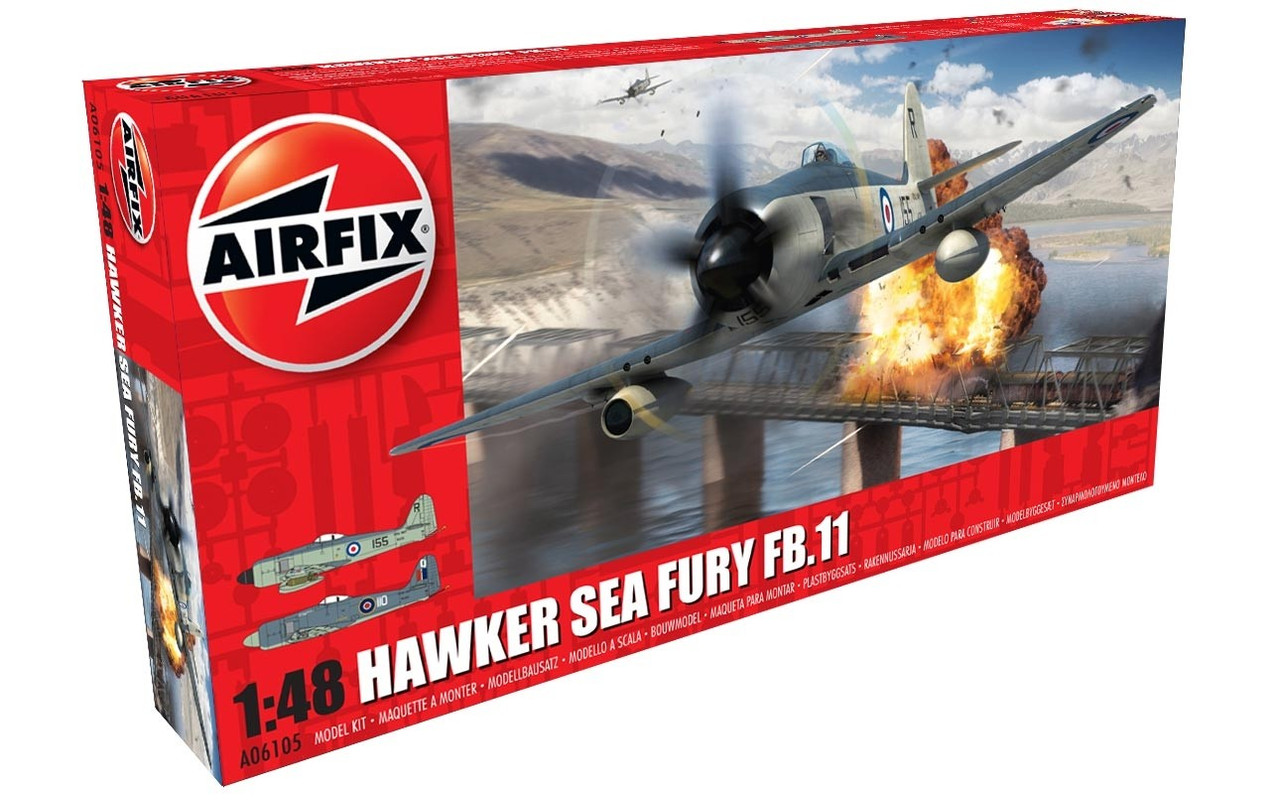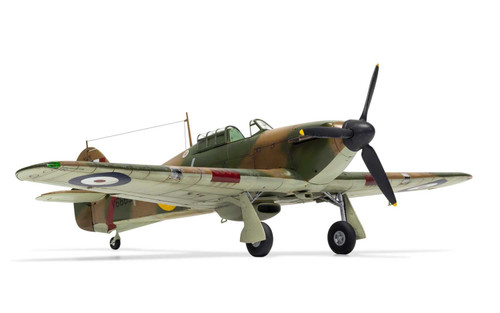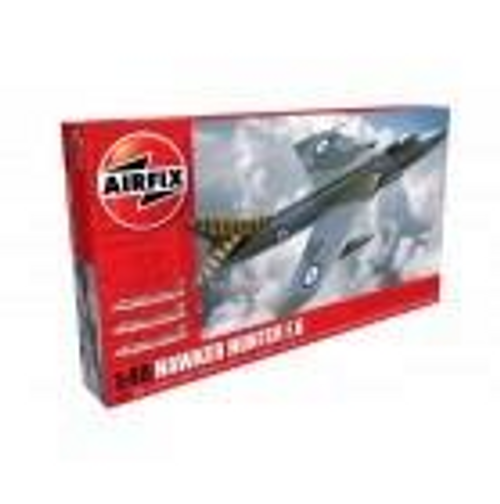Product Description
One of the most capable piston engined fighter aircraft ever produced and the last to enter service with Britain’s Fleet Air Arm, the Hawker Sea Fury represented the pinnacle of piston engined fighter design. Introduced after the end of the Second World War, the Sea Fury would see combat against some of the early jet fighters during the Korean War, where it would perform extremely well.
The development of the Hawker Sea Fury can be traced back to the inadvertent landing of a Focke Wulf FW 190 at an RAF airfield in South Wales back in 1942. The opportunity to evaluate this latest Luftwaffe fighter resulted in requirements being issued for a new British design, which must have the performance to better the Focke Wulf in every phase of flight and ensure the RAF could secure air superiority. The protracted development of the new fighter resulted in a number of specification alterations and the RAF eventually withdrawing their interest, leaving the new aircraft to be produced as a high performance naval fighter. The Hawker Sea Fury was an extremely potent aircraft and handling this powerful machine from the deck of a moving aircraft carrier must have required nerves of steel.
The first deck landing trials commenced in the winter of 1946 and the navy had their ultimate piston engined fighter. Despite the advent of the jet engine, the Sea Fury would remain as the Fleet Air Arms principle single seat fighter until 1953, when it would be replaced by the jet powered Hawker Sea Hawk. The aircraft also saw service with a number of overseas air arms, in a variety of operational roles, including strike fighter, trainer and high speed target towing. As one of the most capable piston engined fighters ever produced, the Sea Fury would also become a popular aircraft in the world of air racing, where the brute power and sheer speed of this magnificent aircraft saw it victorious in countless competitions.









